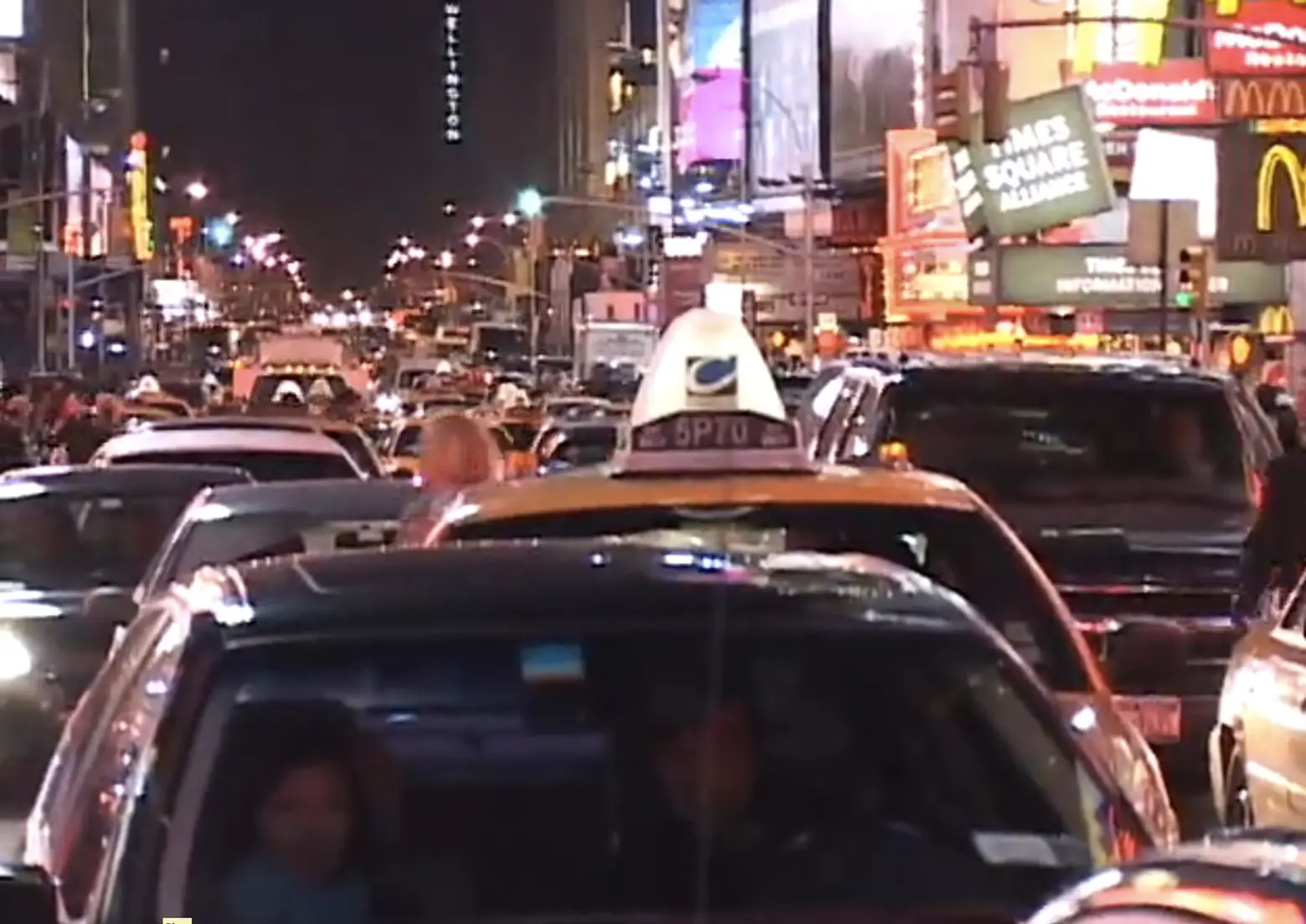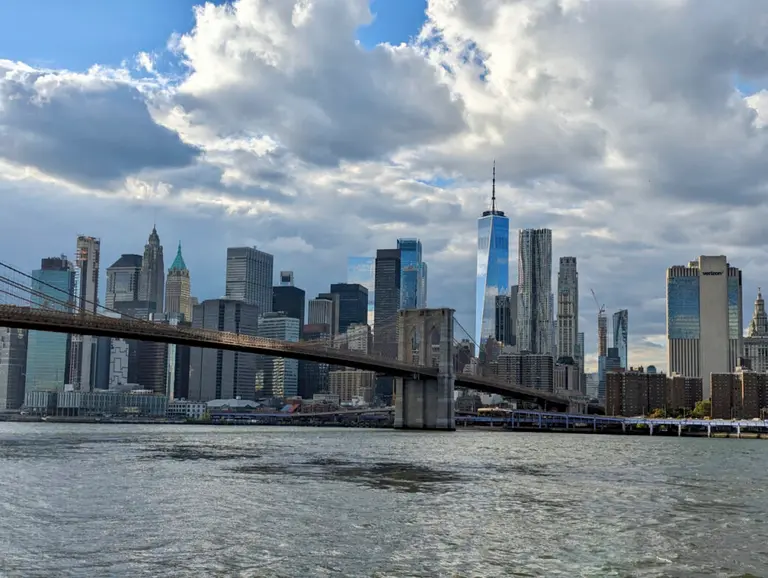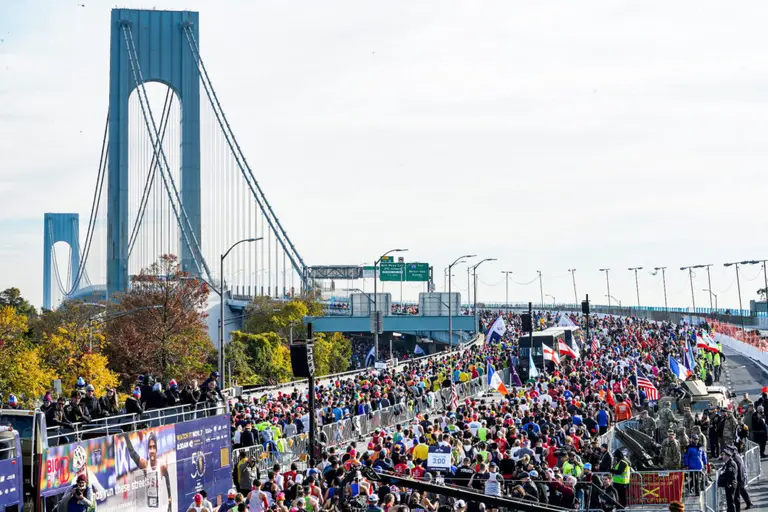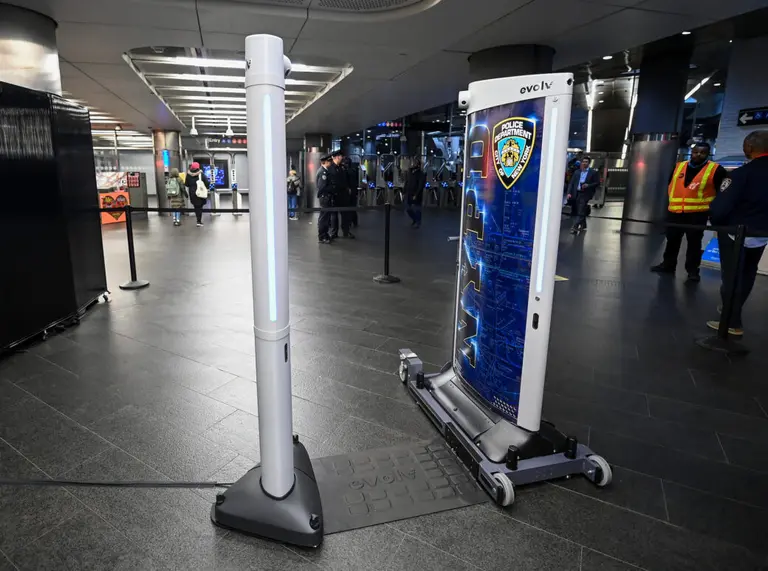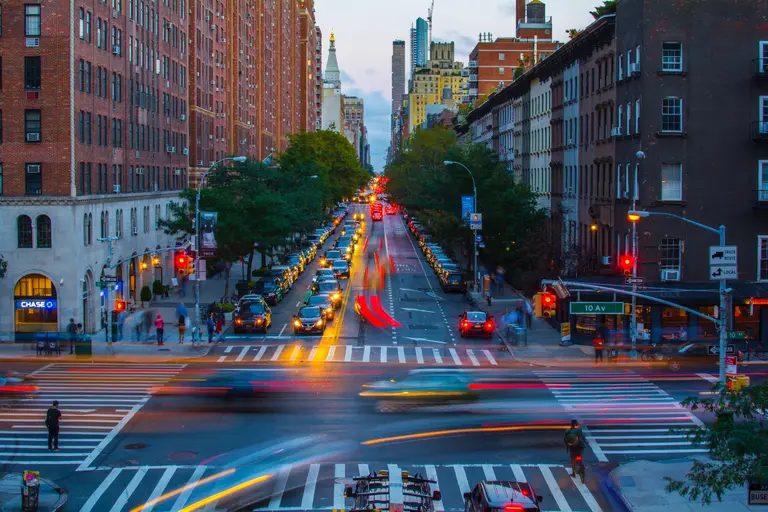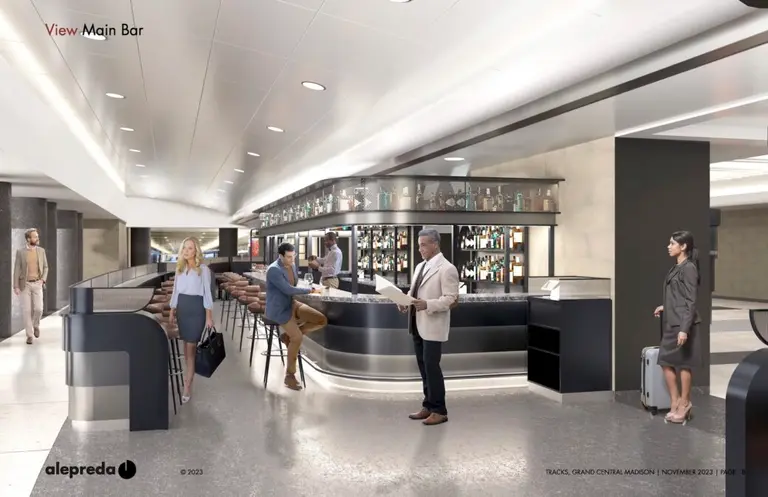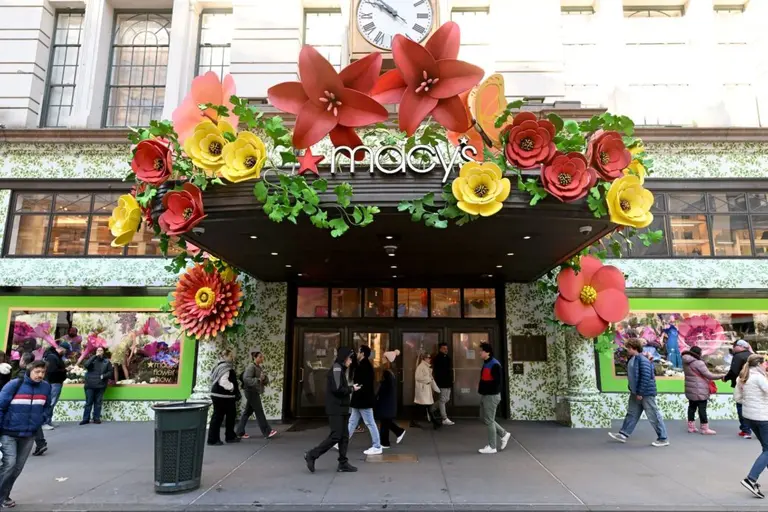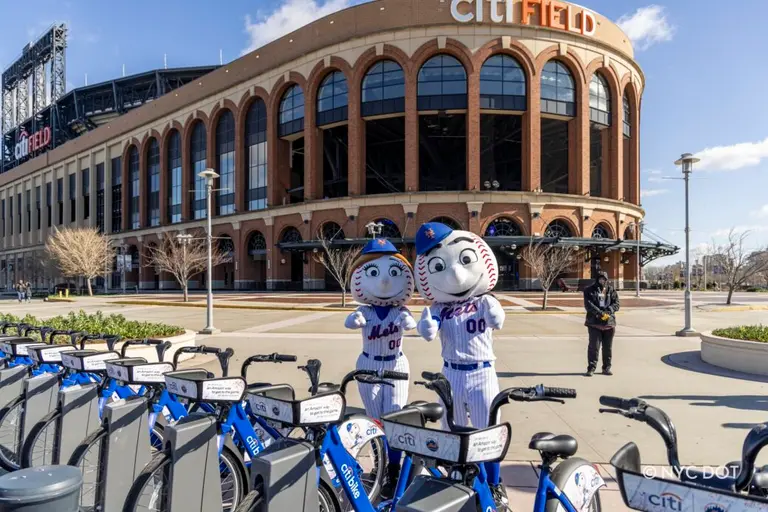Cities Would Take Up 37 Percent More Space if It Were Not for Public Transit
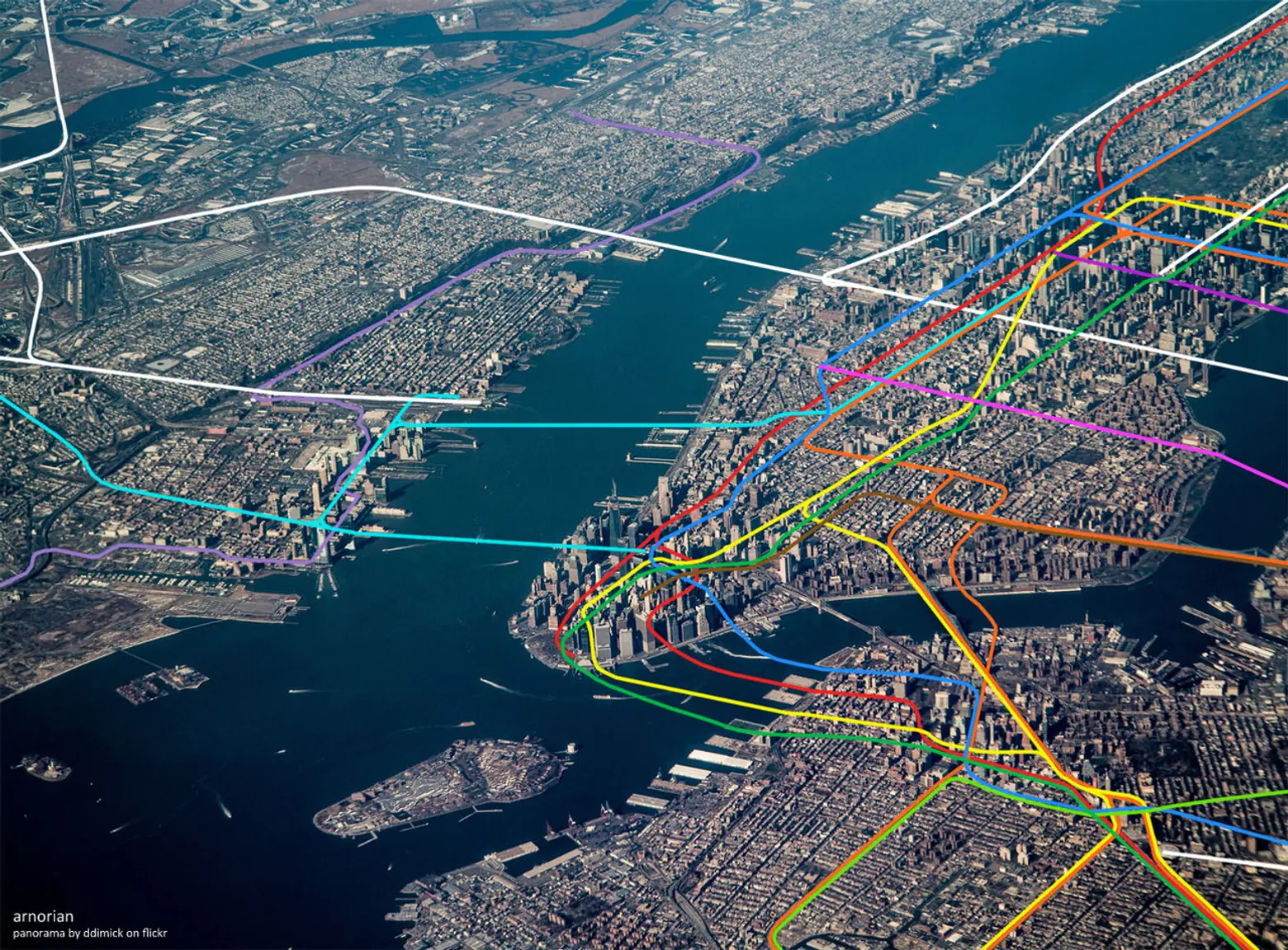
Image via Anorian
The major benefits of public transportation are clear: riding the subway or bus is way cheaper than maintaing a car, and more often than not, it’s a much faster means of getting from point A to point B. But as Streetsblog points out in this recent study by the Transportation Research Board, transit is a major of driver of density within a city, and it’s something that incentivizes developers and city planners to put things closer together. While this may not be an earth-shattering revelation to you, if you quantify the effect, you just might be surprised. According to the report, U.S. cities on average would take up 37 percent more space to house current populations if it were not for public transit.
“By allowing urban areas to be built more compactly, the ‘land use effect’ of transit reduces driving much more than the substitution of car trips with transit trips,” Streetsblog writes, pointing out that transit is more than just about taking cars off the road. They add, “Total miles driven in American cities would be 8 percent higher without the land use effect of transit, the researchers concluded, compared to 2 percent higher if you forced everyone who rides transit to drive.”
The study found that the land use effect reduced driving by 19 percent in bustling New York City. They also offered this example on just how impactful a good transit system can be when it comes to sprawl:
- “To describe the land use effect of existing transit systems in a different way, consider the difference between a city with a compact core and a historically robust transit system, such as New York, and a city with little distinct core and far less transit, such as Dallas. The regional population density of New York is 4,176 people per square mile, and average daily per capita VMT (vehicle miles travelled) is 15.8. The regional population density of Dallas is 2,149 per square mile, and average daily per capita VMT is 24.2. Without its dense transit network, New York may have developed more like Dallas, with lower population densities and a more car-dependent transportation system.”
Overall, the study is meant to be used as a tool to determine how transit investments can affect travel behavior and spur positive development in an area. For example, the researchers found that in adding a rail station to a neighborhood that didn’t have one perviously, the density of jobs and number residents increased by nine percent within a one-mile radius. This also reduced driving about two percent for all the households across the area.
You can read the complete study here >>
[Via Sreetsblog via Architecture Lab]
RELATED:
